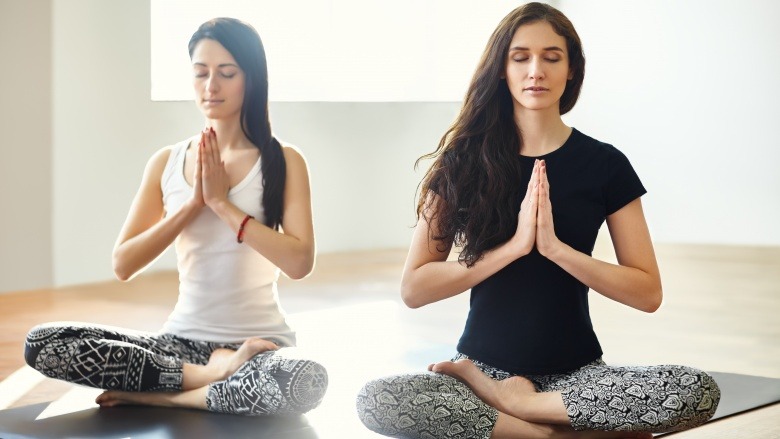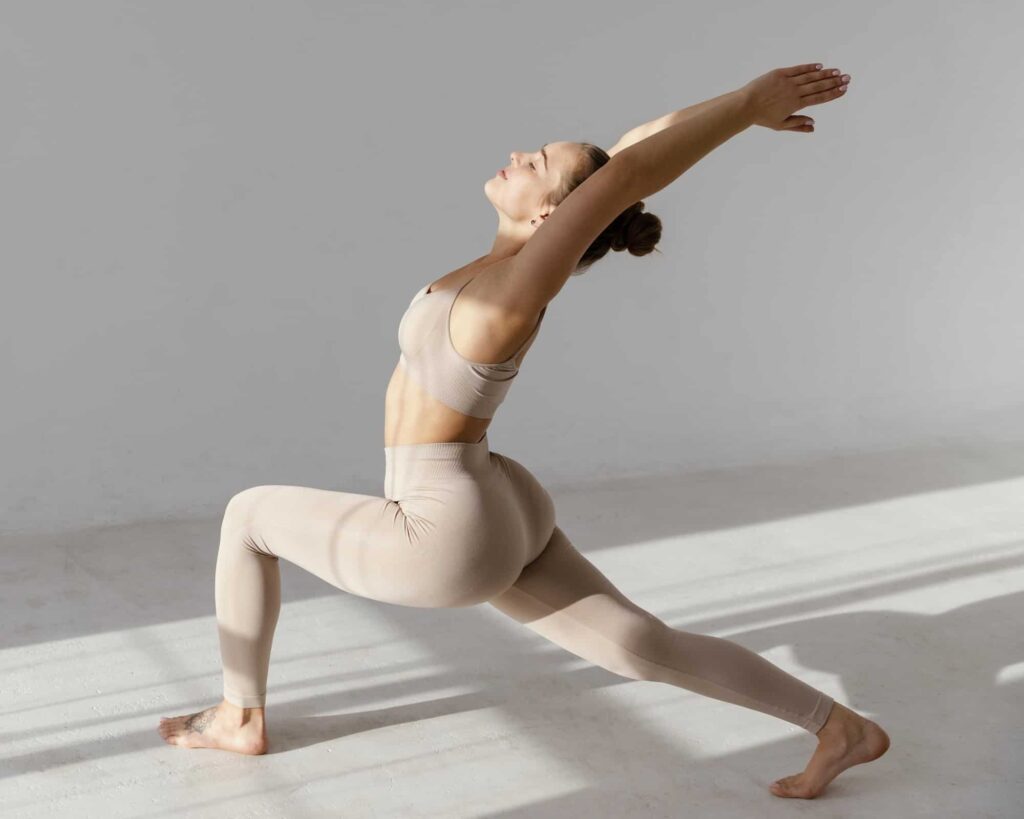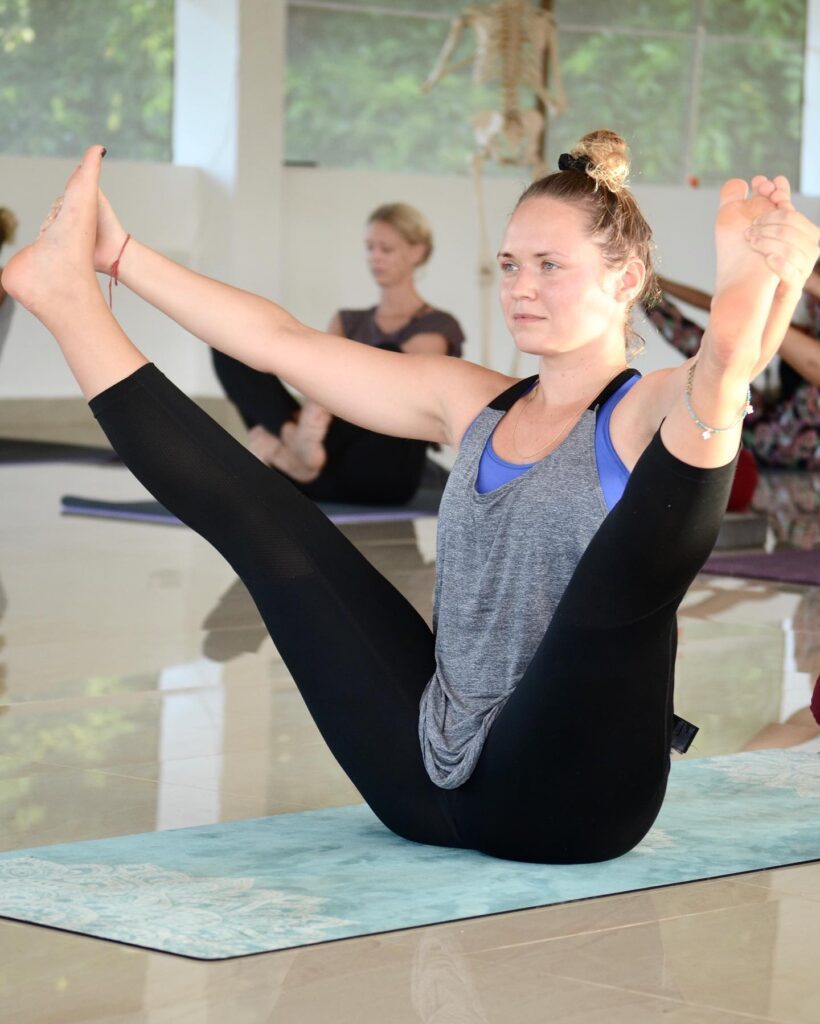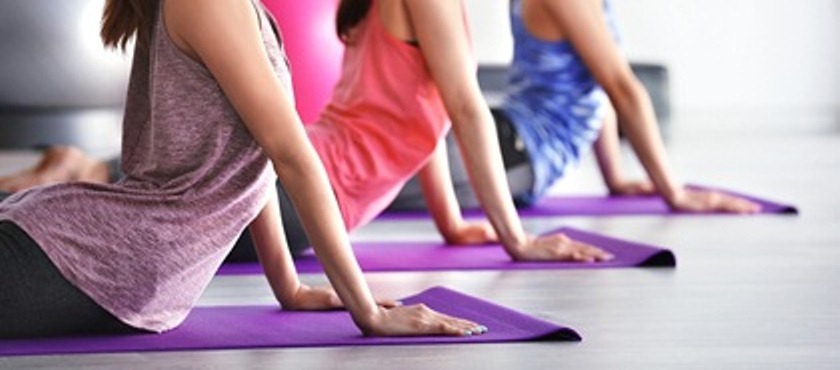Sequencing Yoga – The Fundamental Basis of Practice

For an onlooker, or any yoga enthusiast, sequencing may not assume a lot of importance. Most of you, who have just started exploring the realm, may think of it in the same manner. Yoga is more than just fitness. It is not also about body contortions and twists. Sequencing yoga will help you to make the most of the yoga practice. Initially, you may struggle a bit, to get into a pose. However, in due course of time, you will be able to understand how following the right sequence can help you in your journey.
One of the aspects of yoga is spiritual. And the second one is sequencing. As a teacher or as a self-practitioner, sequencing will help you to form certain poses unhindered. It happens in a flow, as you do not have to exit from each pose. However, you can quickly navigate from one to the other, in quick succession. If you do this in a proper way, there is less stress and pressure on the muscles and tissues of the body.
The Power of Sequencing Yoga Decoded
Most you, who are interested in embarking on the path of sequencing, can do the 200-hour yoga teachers training. The best schools which conduct the course, will also teach you various asanas and their numerous variations. You might be a bit overwhelmed, with so many intricacies. For self-practitioners, the same is also absolutely necessary. It will help you to make your practice perfect.
After you get to know about the intricacies of sequencing, you can also create sequences of your own. So, you attain liberation as a practitioner of yoga. Well! Yoga is all about liberation from the shackles of disharmony and ignorance as well. So, you need to take this seriously. Here we have listed a few tips that can help you to do better.
- Safety – It is the first and foremost thing that you have to keep in mind, while performing yoga, so that you can get the full benefits of the asanas, without creating any sort of complication. The body you are teaching, or if it is you, should be able to sync as well structurally. Do remember that everyone’s skeletal flexibility may not be the same.
- Goal Setting – It is simply creating an intention. You should set an intention for each session, before sequencing yoga poses. There can be many intentions. They may be mental, emotional, spiritual, or physical. You may be looking forward to the creation of a certain feeling in yourself, or whoever you are guiding. You may want to slowly build the skills required to practice Uttanasana, without any issues. Moreover, you may want to address backache. Additionally, you may want to clear certain chakras in your body. So, your ultimate goal is absolutely necessary.
- Study Anatomy – You should pay some attention to the study of the body’s anatomical structure. Everybody is different. Some of the students, whom you may teach may have some structural issues, or a chronic pain. It can create hindrances in the range of motion. Moreover, you should also study the body processes properly. If you want to create safe sequences, then you should understand more about muscles, bones, tendons, ligaments, and tissues. Additionally, the knowledge will seem fruitful, as you have to understand more about the ways you can move the body either backward, forward, or sideways.
- Find Out The Learner’s Experience – It is important for you, as a teacher, to know about the experience level of the students. If you have beginners attending your classes, you might want to get more repetitive, so the muscles keep working in a certain order. If you have experienced students in the class, you might want to make them do long holds. Some experienced students also love it, when you play light music in the background or include chants along with the practice of asanas.
- Balance The Poses – This is something very important, as you do not want the student to be fit from one side, and unfit from the other. Apart from poses such as Tadasana, Vrikshasana or Ardha Chandrasana, you need to ensure that the student or whoever the practitioner is, must do the poses on the right as well as the left. You can also introduce Pranayama exercises, when you need balance. The movements should ideally be proportionate on both sides.
Different Goals – Different Sequencing Norms
Now that you know that doing asanas in the perfect order is the best thing to do, you must understand what works for what goal.
- You can practice yoga for energization, to have a stimulating effect on the body of the practitioner. Surya Namaskar is one of the poses or rather a series of poses, which gives a good warm up to any individual.
- In the same manner, you can create a sequence for relaxation. Longer holds in poses also provide a more stimulating effect. You can go for deeper effects through such poses, as the energy reaches the internal tissues of the body.
- In the same manner as above, your ultimate goal may be to induce sleep, for people who suffer from insomnia. In such a case, you have to make sure that you are making them practice deeply relaxing poses. The Corpse pose is one such pose that you can take help from.
Here is one example of toning as a goal.
- Bridge pose
- Plank pose
- Four-limbed pose
- Chair pose
- Lunge pose
- Side plank pose
This is one of the best sequences for those looking for toning.
So, once you set your goals, the process becomes much easier. You will be able to do the best out of sequencing yoga, with some afterthought. Planning is the key to a good yoga session If you are well-prepared, it shows. Now you have the opportunity to learn about sequencing yoga. It is one of the most renowned yoga schools, which is located in Bali, Ubud. You will get to learn about more such intricacies from there.


